
Wrong understanding turns water purifiers into diseases, remove them immediately to avoid harming the whole family
The main reason is that the filter cartridge loses its antibacterial ability after long use, making the water purifier ineffective.

Do not connect the water outlet to the hot water pipe

In a water purifier, the water outlet must never be connected to a hot water pipe. Doing so can lead to serious consequences — the pipe may melt due to excessive heat and become damaged very quickly.
Failing to replace the filter cartridges
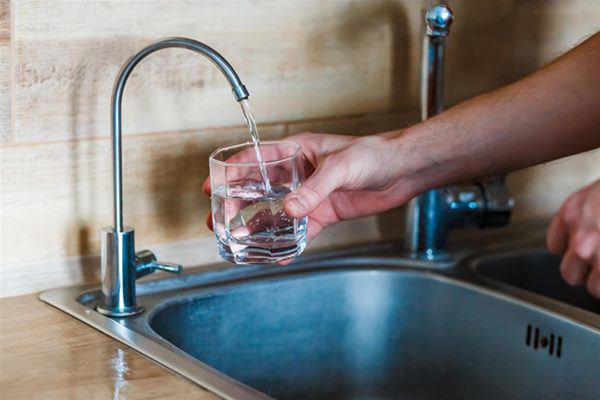
Filter replacement must be done regularly to ensure the water remains rich in minerals and hygienically safe. If the filters are not replaced as recommended, using the filtered water can become dangerous.
The main reason is that over time, the cartridges lose their ability to eliminate bacteria, turning the water purifier into a useless device.
Moreover, during use, you should not attempt to repair or modify the purifier on your own when problems occur. Instead, contact professional technicians to ensure the purifier works efficiently, operates stably, and is installed correctly.
Boiling filtered water before drinking
Many people believe that only boiled water is safe to drink, so they still boil filtered water before consumption. In reality, this is completely unnecessary.
The output water from a household water purifier has already been filtered to remove all impurities, dirt, heavy metals, and bacteria. It meets the Ministry of Health’s standards for direct drinking water, meaning you can drink it straight from the tap.
If the filtered water still contains beneficial minerals, boiling it can destroy those minerals, making the water less healthy than drinking it directly from the purifier. Additionally, boiled water must be stored properly and consumed immediately — otherwise, bacteria can contaminate it and cause illness.
Choosing a purifier with more filters is not always better
A purifier with more filters does not necessarily mean better filtration. Normally, an effective water purifier has up to five filters, including:
-
Three coarse filters,
-
One RO (Reverse Osmosis) or Nano membrane, and
-
One Cation filter (used in areas with high calcium or limestone content).
After passing through the RO or Nano membrane, the water becomes pure, but it also loses some beneficial minerals. Therefore, some purifiers are equipped with additional filters — 6th, 7th, 8th, 9th stages — to remineralize the water and add nutrients beneficial to the body.
Users should learn to distinguish between purification filters and mineral-replenishing filters in order to choose the most suitable and effective water purifier.
News in the same category


Why do we have to leave our phone face down on the table when we are not using it?

Hanging a towel on the door handle before bed: Unexpected benefits but few people know

Tips for conditioning your hair with over-cooked bamboo shoots

Treat premature gray hair thanks to the black dye formula

What Are These Strange Black Dots In Your Kitchen
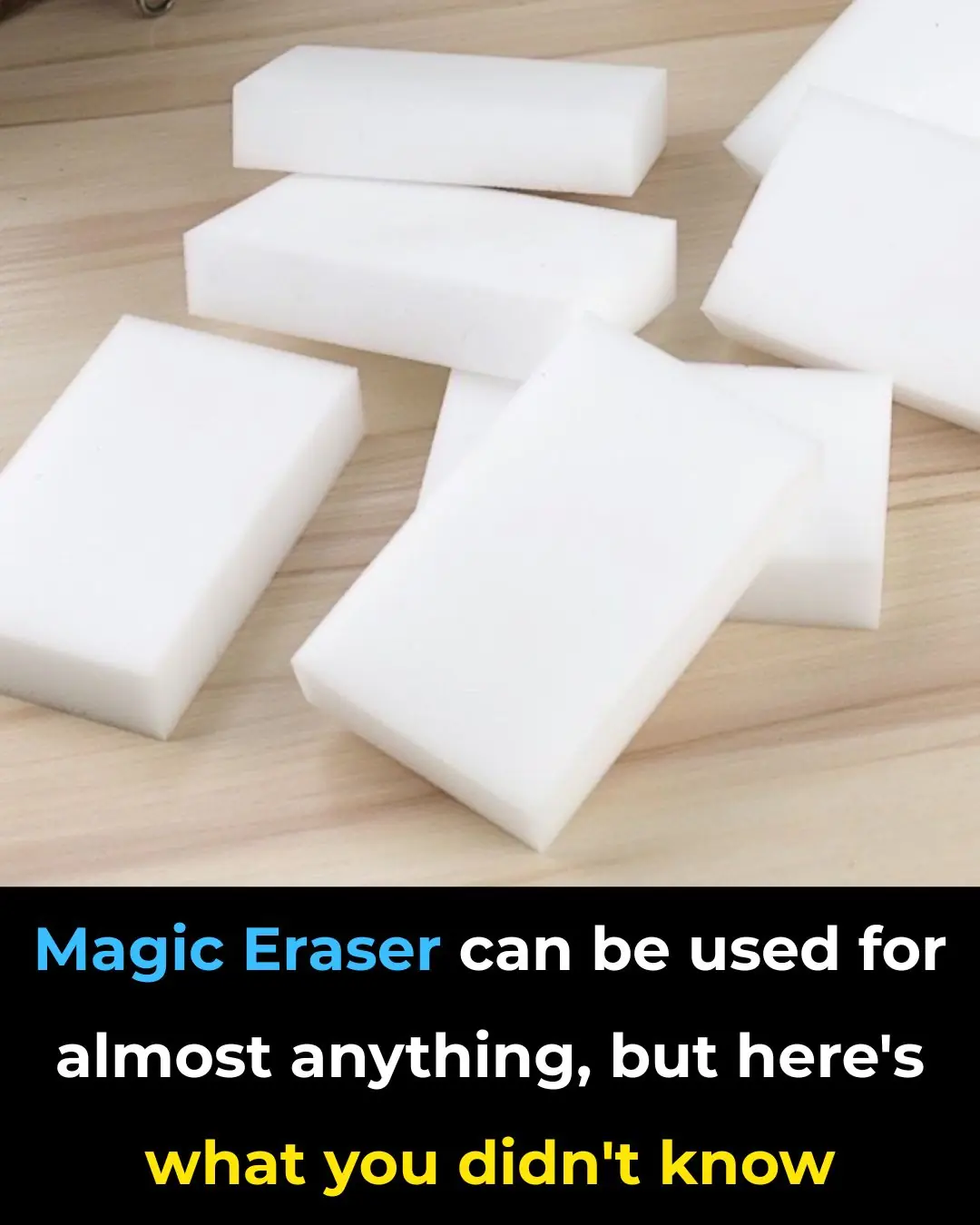
Magic Eraser can be used for almost anything, but here's what you didn't know

The house is full of dust even though it is cleaned regularly
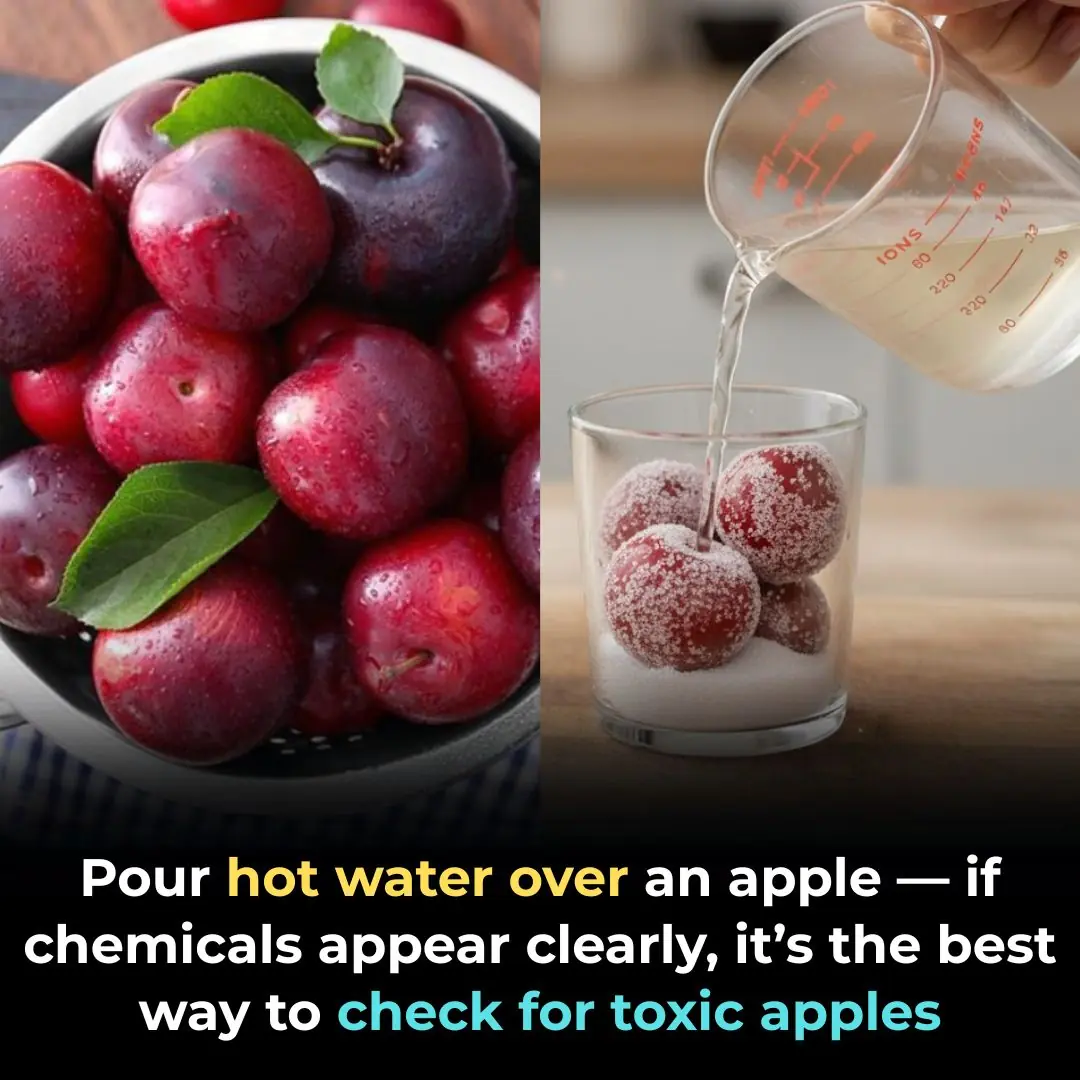
Pour hot water over the apple

It's rainy and humid, and there's no dryer at home. Do this to dry clothes quickly and keep them from smelling bad.
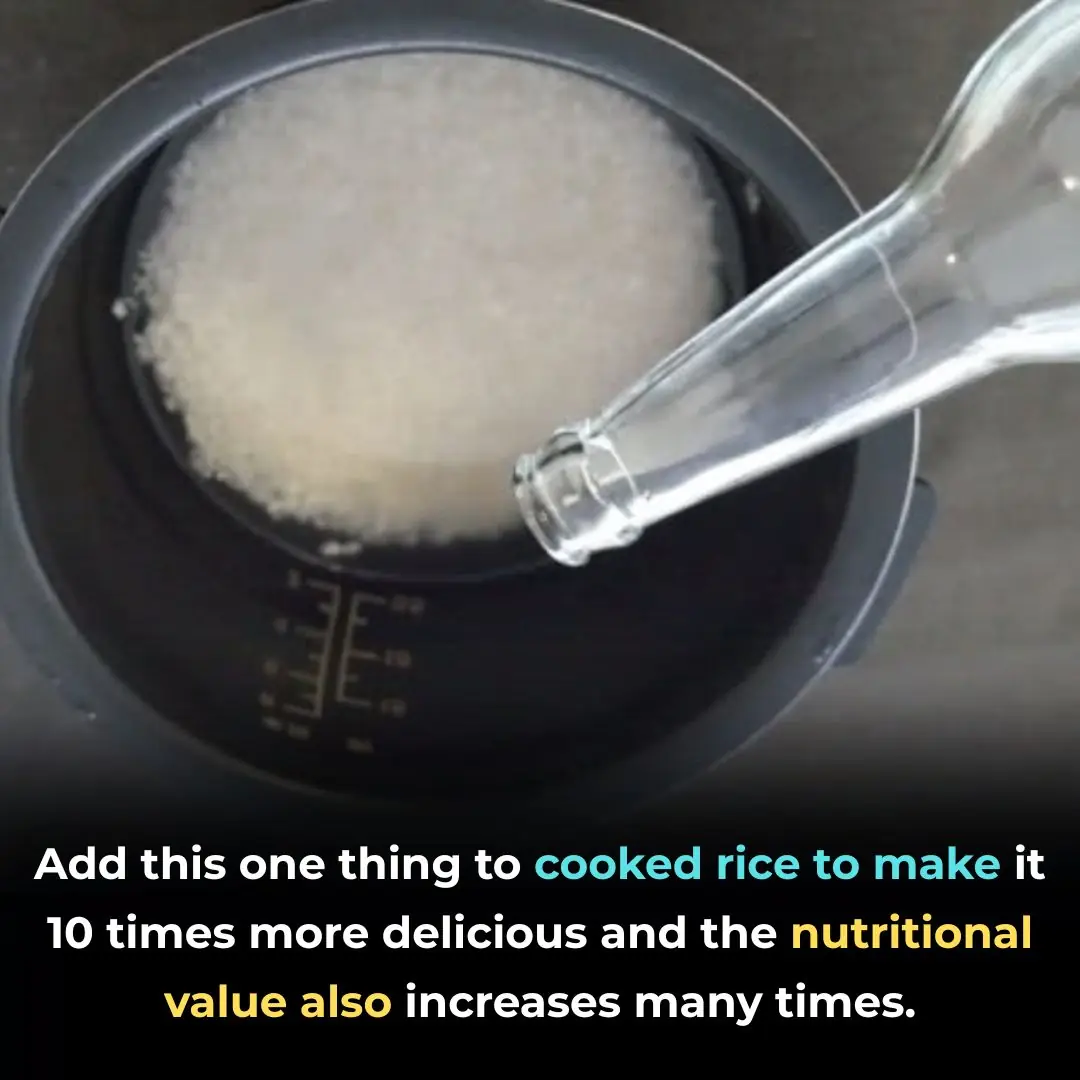
Add this one thing to cooked rice to make it 10 times more delicious and the nutritional value also increases many times.

Boil pork that is both red and fishy: Drop this into the pot, the meat will cook evenly and release all dirt.

Tell mom how to make standard, crispy and irresistibly delicious banh xeo
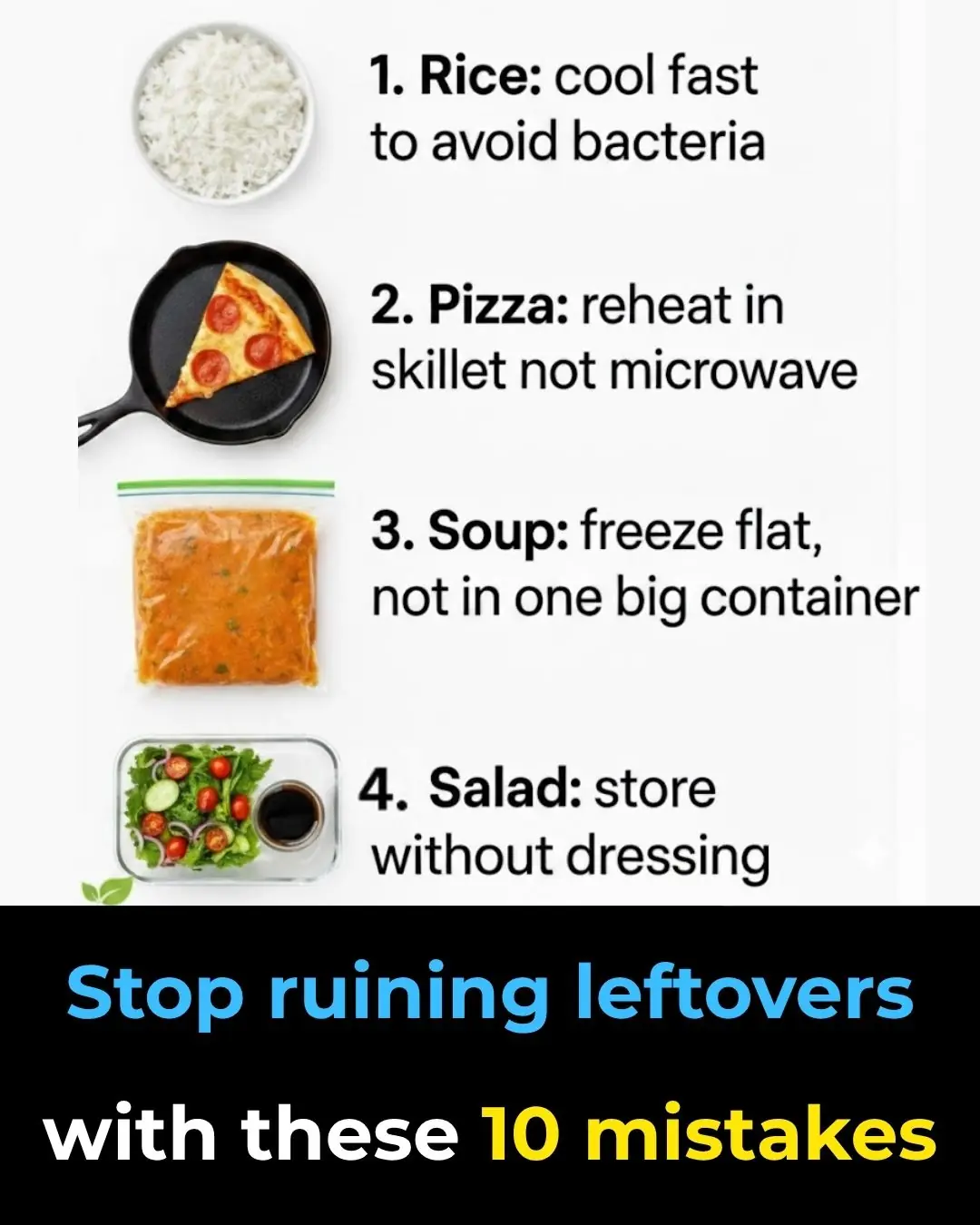
Stop ruining leftovers with these 10 mistakes

You're doing it all wrong. Here’s the right way to store tomatoes
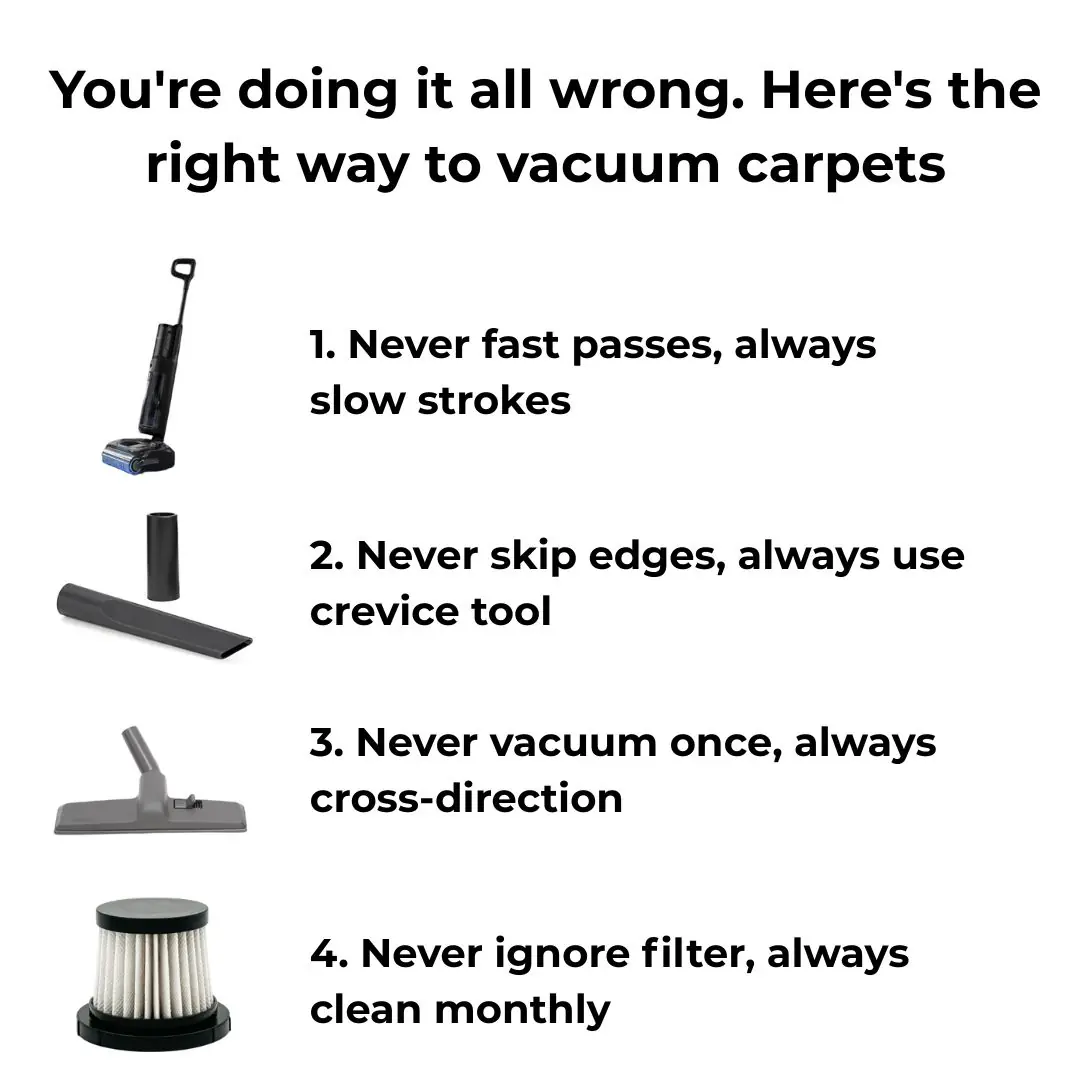
You’re doing it all wrong. Here’s the right way to vacuum carpets
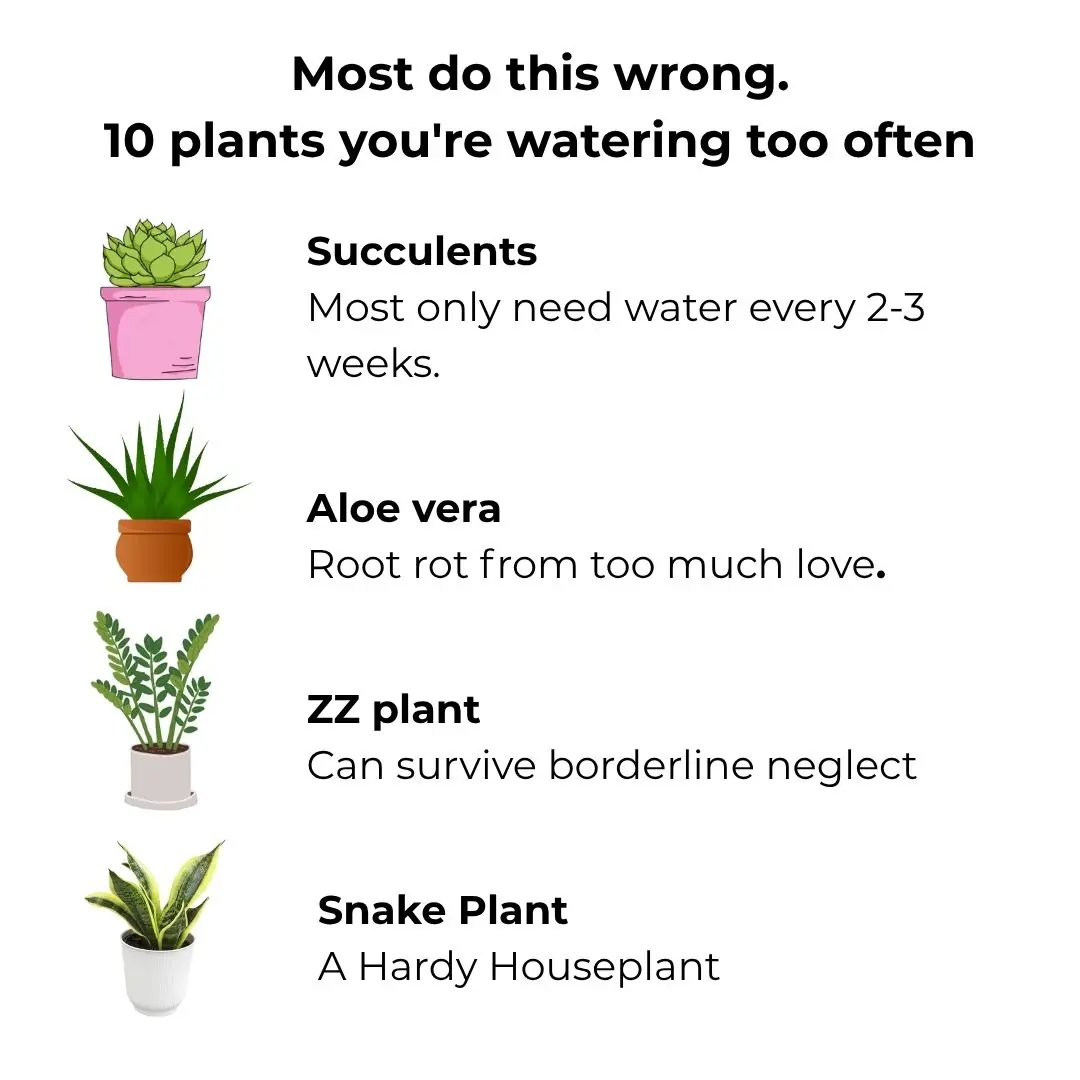
Most do this wrong. 10 plants you’re watering too often
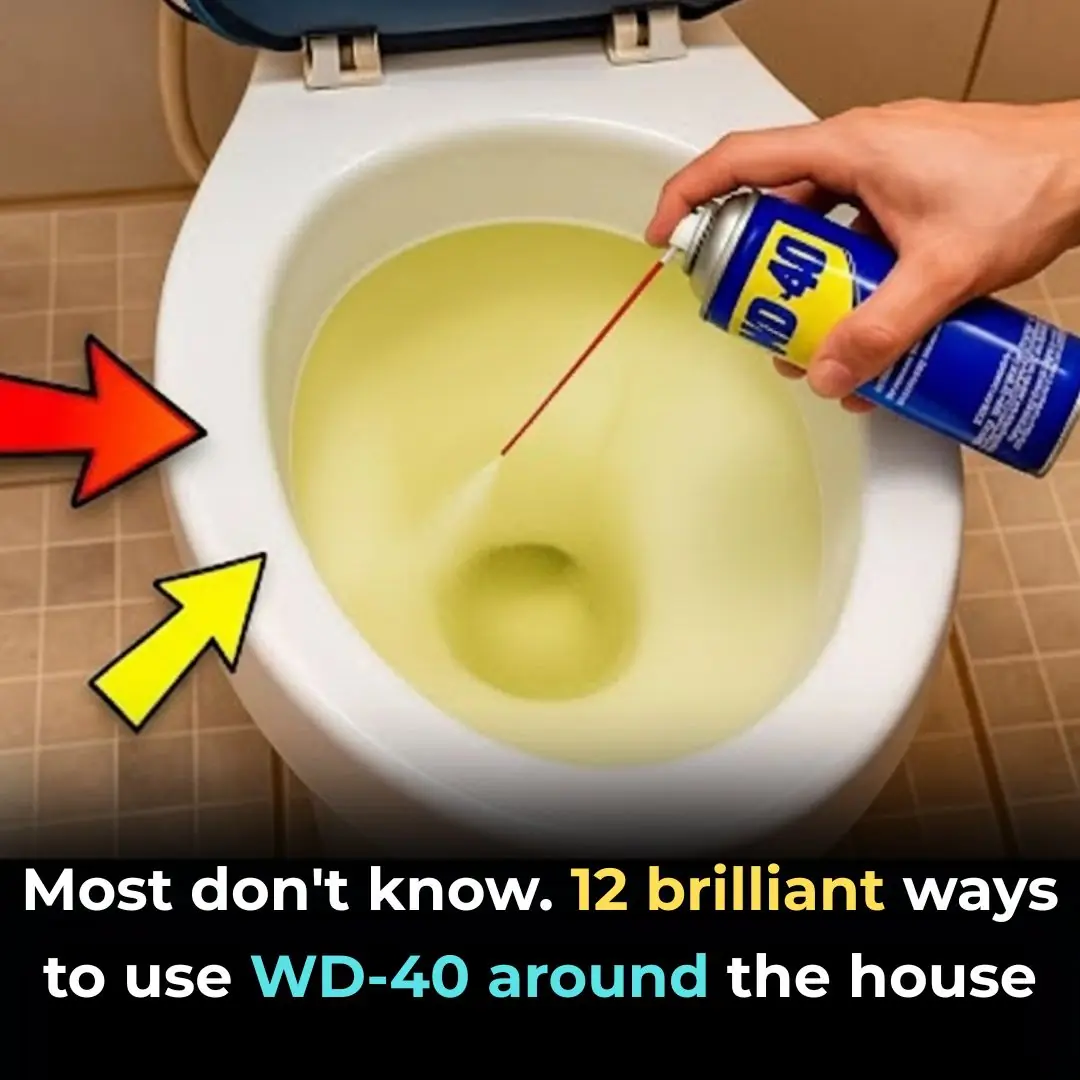
Most don’t know. 12 brilliant ways to use WD-40 around the house

When frying lolot leaf patties, remember to take an extra step so the patties turn out fragrant, bright green, and not darkened.
News Post
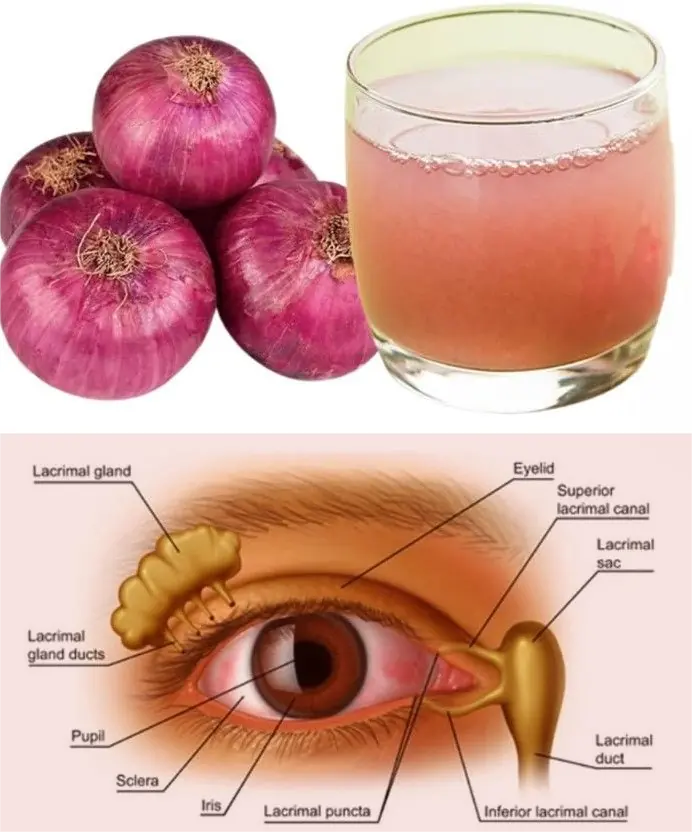
Can Onion Juice Gently Support Eye Health? A Natural Tip to Try

Bed Bugs Hate This! How Diatomaceous Earth and Cloves Can Wipe Them Out

These are the consequences of sleeping with the…

5 Common Foods That Often Contain Parasites — Many People Eat Them Daily

1 Vitamin Stops Calcium Buildup in Arteries and Heart

S:ida Acuta: Exploring the Healing Properties of this Herbal Remedy

DIY Flaxseed Collagen Night Gel for Hydration and Rejuvenation
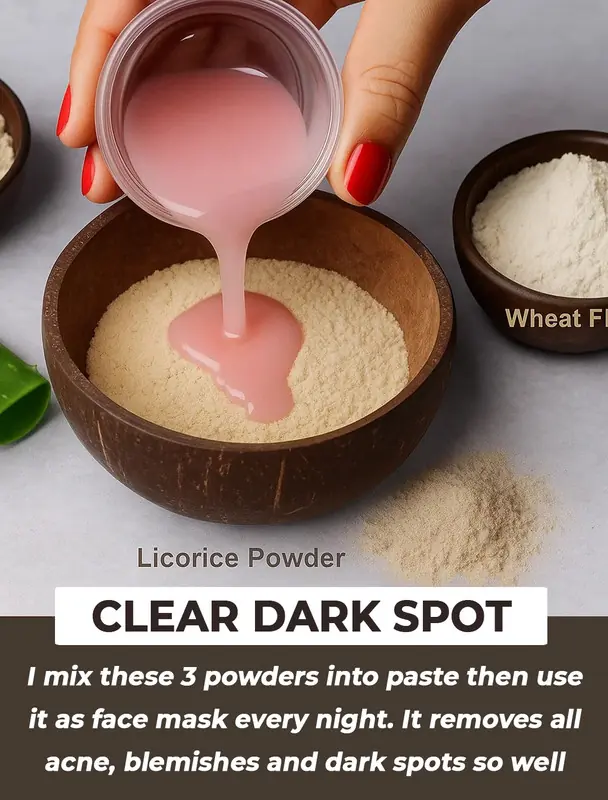
10-Day Licorice Treatment for Dark Spots: Fade Pigmentation and Achieve Glowing Skin Naturally

Easy Recipe to Make ABC Collagen Ice Cubes at Home: The Secret to Glowing, Firm Skin
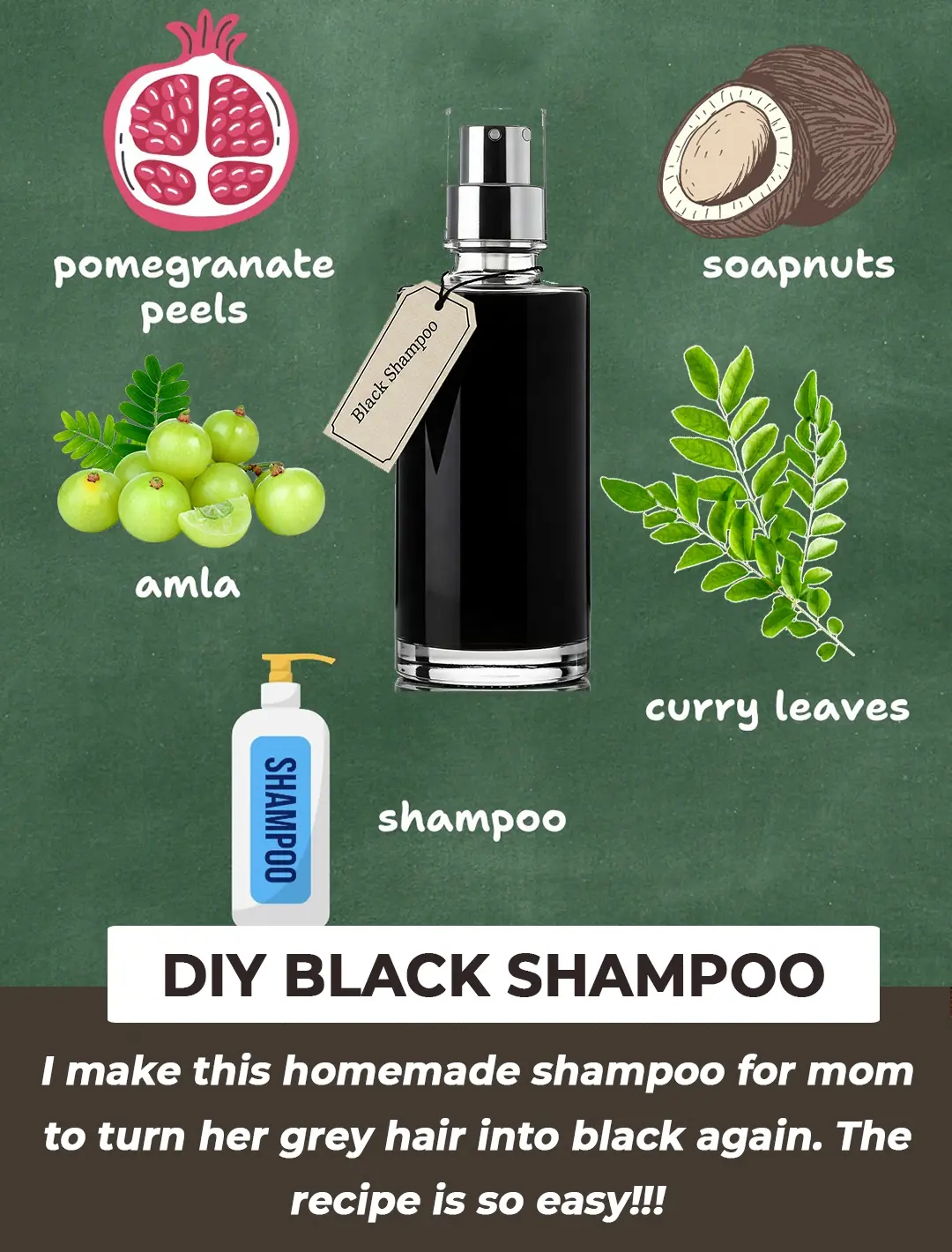
2 Mins Black Shampoo For Grey Hair

Why this doctor refuses to prescribe statins for high cholesterol

The 'divine' secret to frying

Why do we have to leave our phone face down on the table when we are not using it?

Hanging a towel on the door handle before bed: Unexpected benefits but few people know

Tips for conditioning your hair with over-cooked bamboo shoots

Treat premature gray hair thanks to the black dye formula

What Are These Strange Black Dots In Your Kitchen

Magic Eraser can be used for almost anything, but here's what you didn't know
